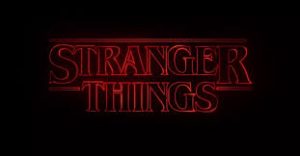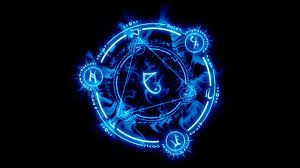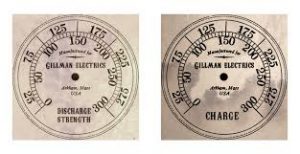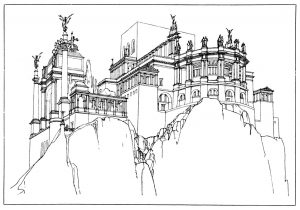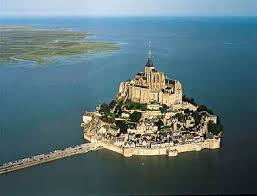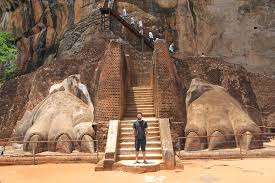A recent forum thread started me thinking about the “tensions” between a game setting and a game system. Specifically rulesets and worlds published by the same company (not like Peter’s use of FR for his RM game). Certainly Greyhawk and Forgotten Realms were designed to incorporate the full breadth of the D&D rules, but what issues are created when a game world doesn’t fully embrace the system it’s meant to support? MERP is a good example of this. The original modules used the RM rule set, but that rule set never really fit the low magic world of Tolkien. ICE eventually introduced MERP, which stripped out many of the professions to better fit the setting.
So let’s examine RM (in all its’ variations) and Shadow World. The two always seemed slightly “out of phase” to me. While some argue that SW is very “kitchen sink”, it has elements and mechanisms that break from normal RM standards. RM’s origins as a slot in system meant that it duplicated a lot of D&D material and had quite a bit of generic content. Shadow World however, is a very specific setting that often throws away RM rules or requires some re-calibration to make things work just right. Some examples:
- Gods, death and resurrection. RM spell law contains specific rules about resurrection, lifekeeping and death but doesn’t make any inferences about the larger world and how that might work. Shadow World has Eissa, the Goddess of Death who appears to be the “gatekeeper” to the afterlife. But this begs a whole set of questions. Does this gateway to the afterlife only appear on Kulthea or is there a standard mechanism throughout the universe? How does Eissa control this gateway given that the Lords are more extra-dimensional beings than real gods? As discussed in the previously noted thread, can other Dieties provide resurrection powers to their priests?
- The planes. D&D has a well fleshed out world of planes and other dimensions that tie into specific spells and effects. RM describes the Void and demonic planes, has spells about summoning demons and other entities but it’s all very general. SW embraces and used the Pales much more but doesn’t really touch upon other dimensions.
- What are undead? RM has the usual suspects: Mummy, Vampire, Wraiths, Shadows etc but are they anchored evil souls? Summoned spirits? Cursed individuals? If they are souls how does that work with #1? Can Eissa block souls from being dragged back to Kulthea?
- What are the Navigator and Loremaster Base lists? Reviewing the NPC stats, Loremasters and Navigators are all assigned standard RM professions but also have access to these new added organizational base lists. How does that work? Should be ignore it since they are NPC’s?
- I already blogged about my disdain for D&D style Giants, but the full roster of RM creatures doesn’t really work in the specific SW setting.
- There isn’t much discussion about advanced technology in RM, but SW brims with it.
- SW is enveloped with the flows of Essaence (not to be confused with the Essence Realm). This magical energy is then….parsed into three different unique flavors? Doesn’t it make more sense to just have the Essaence be the “motive” power for spells rather than this cumbersome split into three realms energy types, each with its multiplier devices? And then you have the Hybrid realms which mix them back together…
This ambiguity between RM and Shadow World is much different then Numenera whose rule set and setting were created hand in hand. The setting informs the rules and the rules drive the setting. Is there a solution? Does there need to be one? Perhaps not, but it probably doesn’t help to have this divide between the rules and the setting. Like MERP before it, I think the Shadow World setting would be helped by having a modified RM rule set.
Can you think of any other companies that have a rule set and setting that don’t quite match up?


